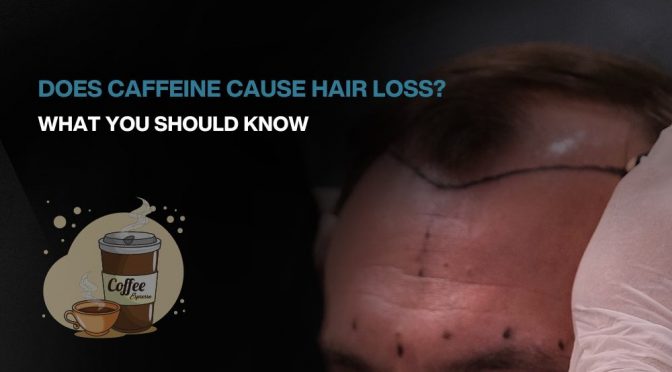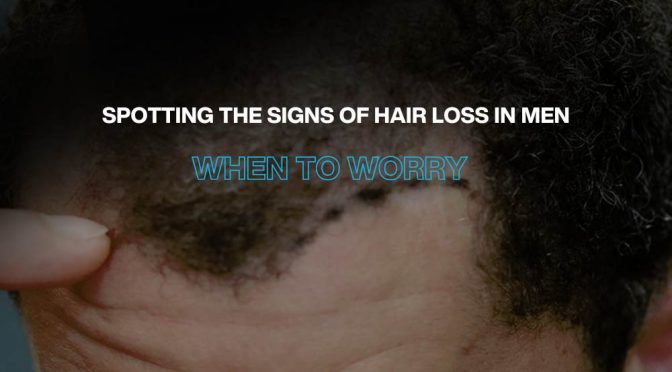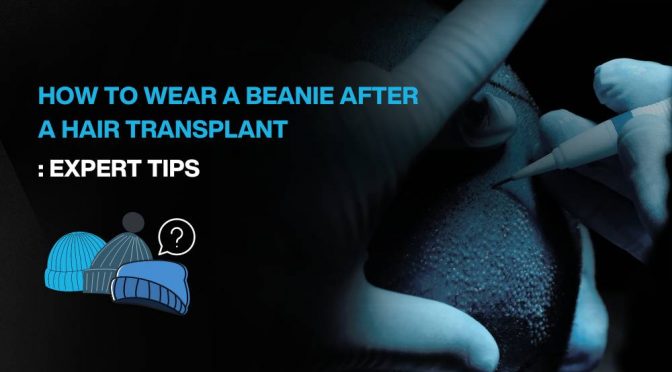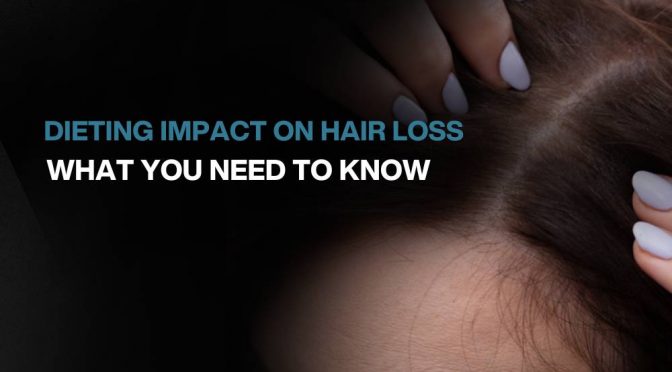Caffeine is one of the most popular beverages in the world, and it’s been linked to a variety of health benefits, from improved alertness to better heart health. But did you know that caffeine can also have an effect on your hair? In this article, we’ll discuss the impact of caffeine on your hair, the potential benefits and side effects of caffeine-related hair treatments, and what you can do to protect your hair from the effects of caffeine.
Introduction to the effects of caffeine on hair
Caffeine is a stimulant that can have a variety of effects on your body, including on your hair. Caffeine can affect your hair in two ways: directly, through the consumption of caffeinated beverages, and indirectly, through the use of products containing caffeine. In this article, we’ll look at both of these effects and how they can affect your hair.
Does caffeine cause hair loss?
There is some evidence that caffeine can cause hair loss in some people. A study published in the International Journal of Dermatology found that consuming large amounts of caffeine can lead to an increase in the shedding of hair. However, this effect was only seen in people who were already predisposed to hair loss, so it’s not clear whether caffeine can cause hair loss in everyone.
Caffeine can also affect the growth cycle of your hair. A study published in the Journal of Clinical and Aesthetic Dermatology found that caffeine can cause hair follicles to go into a resting phase earlier than normal, leading to a decrease in the number of hairs that are actively growing.
Caffeine and hair growth
While caffeine can lead to hair loss, it can also stimulate hair growth. A study published in the Journal of Dermatological Science found that caffeine can cause hair follicles to enter a growing phase earlier than normal, leading to an increase in hair growth.
Caffeine can also help protect hair follicles from damage. A study published in the International Journal of Trichology found that caffeine can help protect hair follicles from the damage caused by UV radiation, helping to reduce the risk of hair loss.
Caffeine shampoo for hair loss
Caffeine shampoo is a type of shampoo that contains caffeine as one of its active ingredients. It’s designed to help stimulate hair growth and protect the hair follicles from damage. Caffeine shampoo is often used to help with hair loss, but it’s important to note that it won’t work for everyone. It’s best to talk to your doctor before using caffeine shampoo to make sure it’s the right treatment for you.
Benefits of caffeine shampoo
Caffeine shampoo can offer a number of benefits for people suffering from hair loss. It can help stimulate hair growth and protect the hair follicles from damage. It can also help reduce the amount of time it takes for new hair to grow, leading to thicker, healthier hair.
Side effects of caffeine shampoo
While caffeine shampoo can offer a number of benefits, it can also have some side effects. Some people may experience skin irritation or dryness, and some people may experience an increase in the shedding of hair. It’s important to talk to your doctor before using caffeine shampoo to make sure it’s the right treatment for you.
Different types of caffeine shampoo
There are a number of different types of caffeine shampoo available on the market. Some of the most popular types of caffeine shampoo include:
- Caffeine-infused shampoo: This type of shampoo contains caffeine as one of its active ingredients. It’s designed to help stimulate hair growth and protect the hair follicles from damage.
- Caffeine-based shampoo: This type of shampoo contains caffeine as one of its active ingredients, but it also contains other ingredients that can help protect the hair follicles from damage.
- Caffeine-free shampoo: This type of shampoo does not contain caffeine as one of its active ingredients. It’s designed to help protect the hair follicles from damage without the use of caffeine.
Caffeine hair loss treatments
Caffeine hair loss treatments can be an effective way to help treat hair loss. These treatments involve using a combination of caffeine-infused shampoos and other treatments designed to help stimulate hair growth and protect the hair follicles from damage. It’s important to talk to your doctor before using any type of hair loss treatment to make sure it’s the right treatment for you.
Other alternative treatments for caffeine-related hair loss
If you’re looking for alternatives to caffeine-related hair loss treatments, there are a few options available. Some alternative treatments include:
- Hair restoration surgery. This type of surgery is designed to help restore hair growth in areas that have been affected by hair loss.
- Laser therapy. This type of therapy involves using laser light to stimulate hair growth in areas that have been affected by hair loss.
- Natural remedies. There are a number of natural remedies that can help stimulate hair growth and protect the hair follicles from damage. Some of the most popular natural remedies include apple cider vinegar, coconut oil, and aloe vera.
Conclusion
Caffeine can have an effect on your hair, both directly, and through the consumption of caffeinated beverages. Also indirectly caffeine can have an effect on your hair, through the use of products containing caffeine. It can lead to hair loss in some people, but it can also stimulate hair growth. Caffeine shampoo is a type of shampoo that can help stimulate hair growth and protect the hair follicles from damage. However, it’s important to talk to your doctor before using any type of hair loss treatment. This is needed to make sure it’s the right treatment for you. There are also a number of alternative treatments for caffeine-related hair loss. Starting from hair restoration surgery, laser therapy, and natural remedies. If you’re concerned about the effects of caffeine on your hair, it’s important to talk to your doctor to find the right treatment for you.



